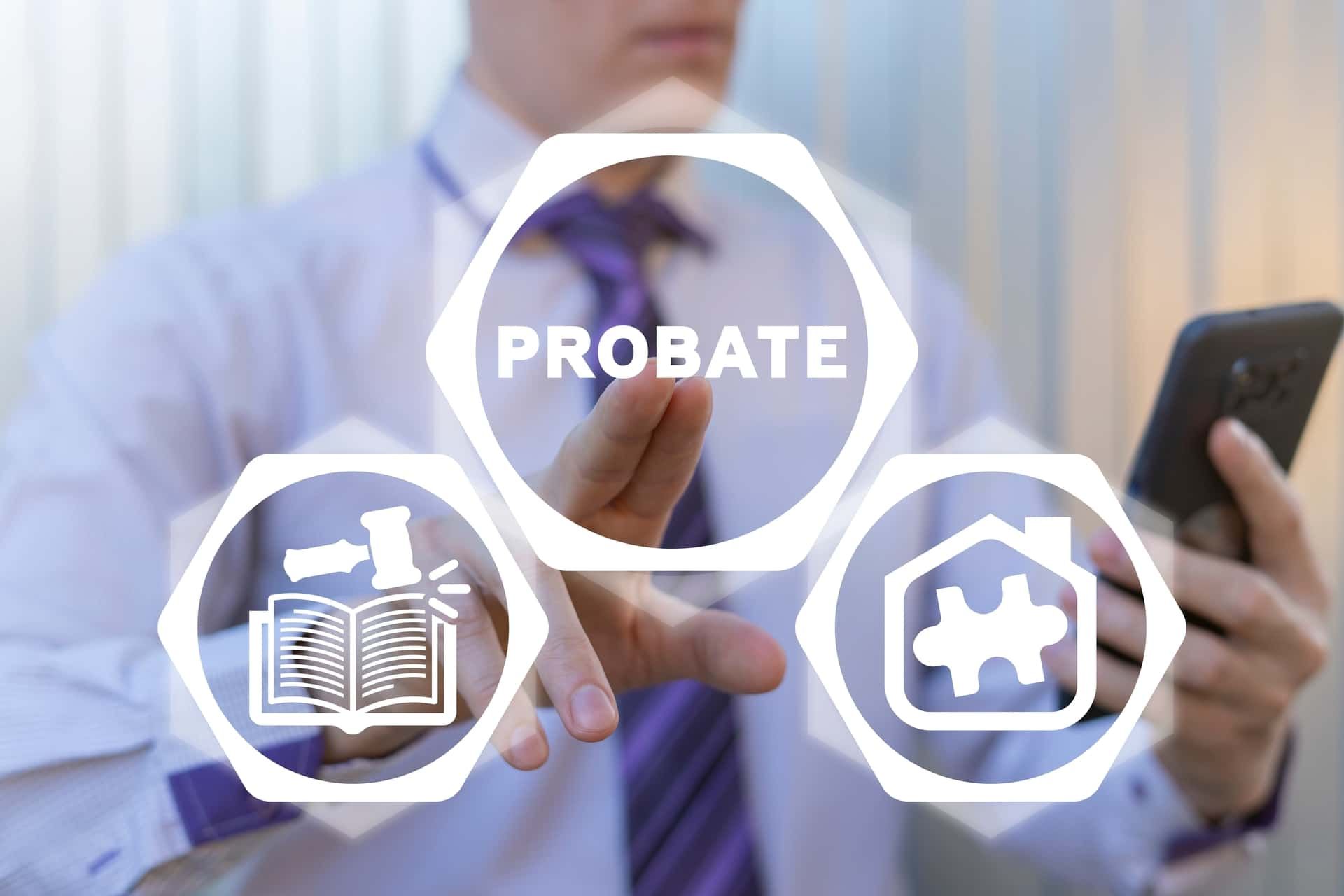IRS Debt Forgiveness Program 2024: What You Need to Know
Are you struggling with IRS tax debt? The IRS Debt Forgiveness Program might be the solution you've been looking for. This program helps taxpayers reduce or eliminate their outstanding tax liabilities. It could give you a fresh start in managing your finances if you qualify. Let's break down the essential details of the IRS Debt Forgiveness Program for 2024.
What Is the IRS Debt Forgiveness Program?
The IRS Debt Forgiveness Program, or the IRS Fresh Start Initiative, is designed to assist taxpayers facing overwhelming tax debts. This program aims to help people get back on their feet by offering ways to reduce or eliminate the total debt owed to the IRS. It offers relief options such as installment agreements, offers in compromise, and penalty reductions.
In short, the
IRS Debt Forgiveness Program helps taxpayers pay back what they owe without the burden of crippling interest rates and penalties.
Who Qualifies for the IRS Debt Forgiveness Program in 2024?
Only some people are eligible for the IRS Debt Forgiveness Program. To qualify, you must meet specific criteria. Some key factors include:
- Amount of Debt: The debt you owe will play a significant role in determining your eligibility. Generally, taxpayers who owe less than $50,000 in total tax debt may qualify for the program. However, those with higher debts may still be eligible for relief, though they may need to follow a more detailed process.
- Income and Expenses: The IRS will examine your financial situation, including your income, expenses, and assets. If your income is low or you are experiencing financial hardship, you may be eligible for more relief.
- Current Tax Status: You must be up to date on your current tax filings to qualify for forgiveness. If you have not filed your tax returns, the IRS will likely deny your application for forgiveness.
- Taxpayer Compliance: To qualify, you must agree to comply with all IRS rules moving forward. This includes filing your tax returns promptly and paying any future taxes owed.
What Types of Relief Are Available Under the IRS Debt Forgiveness Program?
Several options are available under the IRS Debt Forgiveness Program, depending on your situation. Some of the most common forms of relief include:
- Offer in Compromise (OIC): An Offer in Compromise allows you to settle your tax debt for less than you owe. The IRS will review your financial situation, and if they believe you cannot pay the total amount, they may accept a reduced amount. This option is typically available for taxpayers who are in severe financial hardship.
- Installment Agreements: If you cannot pay off your tax debt immediately, the IRS may allow you to set up a payment plan. With an installment agreement, you make monthly payments to the IRS until the debt is paid off. This option helps taxpayers avoid penalties and interest from not paying on time.
- Penalty Abatement: In some cases, the IRS may agree to reduce or remove penalties that have been added to your tax debt. This is often granted if you show reasonable cause for not paying on time, such as medical emergencies or other extenuating circumstances.
- Currently Not Collectible (CNC) Status: If you face extreme financial difficulty, the IRS may place your account in Currently Not Collectible (CNC) status. This means that they will temporarily stop attempts to collect the debt. Although your debt will still exist, the IRS will only actively pursue you for payment if your financial situation remains the same.
How Do You Apply for the IRS Debt Forgiveness Program?
Applying for the IRS Debt Forgiveness Program involves a few key steps. Here's a simplified process:
- Determine Your Eligibility: The first step is determining if you qualify for any relief options mentioned above. If you meet the criteria, you can proceed with the application process.
- Complete the Required Forms: Each type of relief requires different forms. For example, if you are applying for an Offer in Compromise, you must submit IRS Form 656. You may need to submit Form 9465 if you seek an installment agreement. It is essential to fill out the forms accurately to ensure timely processing.
- Provide Financial Information: To support your application, you must provide detailed financial information. This includes details about your income, expenses, assets, and liabilities. The IRS uses this information to determine your ability to pay.
- Submit the Application: Once you have completed the forms and gathered all necessary information, submit your application to the IRS. It may take several months for the IRS to review your request and make a decision.
- Wait for a Response: After submitting your application, the IRS will review your case. If your request is approved, you will be notified of the terms of the relief granted. In some cases, the IRS may request additional documentation or clarification.
What Are the Benefits of IRS Debt Forgiveness?
Participating in the IRS Debt Forgiveness Program offers several benefits:
- Lower Tax Debt: You can reduce the total amount you owe to the IRS through options like the Offer in Compromise.
- Payment Flexibility: With installment agreements, you can pay off your debt over time, making it easier to manage your finances.
- Avoiding Legal Consequences: If you cannot pay your debt, the IRS may take legal actions such as garnishing your wages or placing liens on your property. The Debt Forgiveness Program can help you avoid these consequences.
- Peace of Mind: Knowing that your tax issues are being addressed can provide peace of mind. You no longer have to worry about the IRS actively pursuing you for payment.
How Long Does the IRS Debt Forgiveness Program Take?
The time it takes to process your application can vary depending on the complexity of your case. It may take several months for the IRS to review your application and decide. It's essential to remain patient throughout this process and respond promptly if the IRS requests additional information.
Can I Get Help with the IRS Debt Forgiveness Program?
Yes, you can get help with the IRS Debt Forgiveness Program. Working with a
tax professional, such as a tax attorney or CPA, can increase your chances of success. They can help you determine which type of relief you qualify for and assist with completing the necessary paperwork.
Conclusion
The IRS Debt Forgiveness Program in 2024 offers taxpayers struggling with tax debt a chance to reduce or eliminate their debt. Understanding the various relief options available can help you take steps toward financial freedom. Don't hesitate to apply if you don't qualify for the program. It could be the fresh start you need!
Need help navigating the IRS Debt Forgiveness Program? Contact
Florida Tax Lawyers today to see how we can assist you in resolving your tax debt.
Disclaimer: The information on this website and blog is for general informational purposes only and is not professional advice. We make no guarantees of accuracy or completeness. We disclaim all liability for errors, omissions, or reliance on this content. Always consult a qualified professional for specific guidance.
RECENT POSTS
CONTACT US






